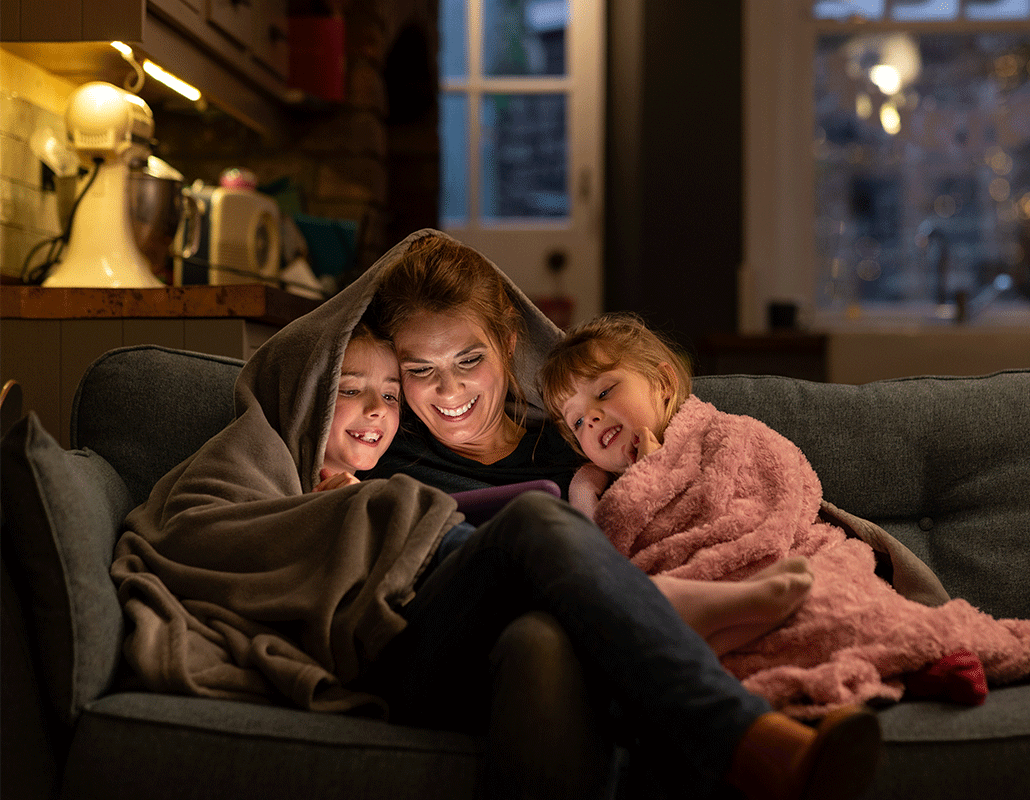15 Tech Tools for Neurodiverse Families: Apps and Devices to Simplify Daily Life

Supporting a neurodivergent family member—be it a child, teenager, or elderly loved one—can sometimes feel like a juggling act, alongside other commitments.
Fortunately, technology offers a wide range of tools to help make life more manageable. From apps that simplify daily routines to gadgets that create calming environments, let's explore some of the best tech solutions designed to support neurodiverse families.
1. Visual schedule apps
Many neurodivergent individuals thrive when their day is structured and predictable. Visual schedule apps allow families to create daily routines using images, colours, and audio prompts. These apps can reduce anxiety by helping users understand what activity comes next, making transitions smoother.
Key features often include:
- Customisable checklists
- Timers and countdowns
Visual or audio alerts to signal task completion
By allowing customisation of reminders with specific sounds, images, or even personal voice recordings, these systems offer a supportive way to stay organised without feeling overwhelmed.
2. Smart home assistants
Smart home assistants, like Google Nest or Amazon Echo, are versatile tools for managing routines and creating sensory-friendly environments. With simple voice commands, users can set reminders, play soothing music, or adjust lighting.
How they help:
- Set recurring alarms for specific tasks
- Create calming environments by dimming lights or playing white noise
- Enable hands-free assistance for individuals with limited mobility
Example: By saying, "Alexa, start bedtime routine," you can trigger a series of actions, such as dimming lights and playing calming sounds.
3. Noise-cancelling devices
Sensory sensitivity is common in neurodivergent individuals, making noisy environments overwhelming. Noise-cancelling headphones or earplugs help reduce background noise, creating a calmer atmosphere.
These are particularly useful in:
- Public transport
- Crowded supermarkets
- School or work settings
4. Wearable trackers for safety
For families with individuals who may wander or get lost, wearable GPS trackers offer peace of mind. These devices, often worn as bracelets or clipped onto clothing, allow carers to monitor the wearer's location via a smartphone app.
Additional features can include:
- Panic buttons for emergencies
- Geofencing alerts when the wearer leaves a designated area
5. Communication apps
For non-verbal or partially verbal individuals, communication apps provide an essential means of expression. Augmentative and Alternative Communication (AAC) apps turn symbols or text into speech, allowing users to convey their needs and emotions.
6. Sensory soothing devices
Sensory overload can occur unexpectedly, so having calming tools readily available is vital. Portable white noise machines and tactile fidget toys can help individuals self-regulate during stressful situations. These tools can be especially helpful during long car rides or in waiting rooms.
Example: Interactive toys designed for sensory play can neurodivergent children learn, explore, and relax. Some toys vibrate, light up, or produce soft sounds, creating a multi-sensory experience that is ideal for calming or stimulating when needed.
7. Educational apps with custom learning features
Neurodivergent learners often benefit from tailored educational experiences. Apps offering multi-sensory learning modes-visual, auditory, and tactile-help cater to different learning preferences.
Look for apps that feature:
- Gamified learning to keep engagement high
- Interactive quizzes and progress tracking
8. Smart lighting and sensory-friendly environments
Bright or harsh lighting can be overstimulating for some neurodivergent individuals. Smart lighting systems enable families to control brightness and colour, creating a more soothing environment.
Example: Philips Hue smart bulbs can be adjusted via an app or voice assistant, allowing you to create a calm, dimly lit space during stressful moments.
9. Mindfulness and relaxation apps
Mindfulness apps offer guided meditations, breathing exercises, and calming soundscapes that help individuals relax and self-regulate. These tools can be especially useful for winding down at the end of the day or during moments of heightened anxiety. Many apps include visual guides and playful animations designed specifically for children, making relaxation exercises fun and engaging.
10. Smartwatches with soothing feedback
Certain smartwatches provide tactile feedback, such as gentle vibrations, that can be used as a calming mechanism. Many also include guided breathing exercises and stress management prompts.
Example: The Apple Watch features a built-in Breathe app, which guides users through short, calming breathing sessions.
11. Emotion-tracking devices and apps
Understanding emotions is an important part of self-regulation. Emotion-tracking devices or apps allow users to log their feelings and identify patterns over time.
Some advanced devices can even detect changes in heart rate or skin temperature, offering early warnings of anxiety or stress.
12. Adaptive keyboards and touchscreen devices
For individuals with fine motor challenges, adaptive keyboards and touchscreen devices with simplified interfaces can make communication and interaction with technology easier.
Examples include:
- Keyboards with large, colour-coded keys
- Tablets with customisable home screens
13. Automated pill dispensers for medication management
Managing medication schedules can be tricky, especially for neurodivergent seniors. Automated pill dispensers, such as MedMinder, dispense the correct dosage at the right time and send reminders to both the individual and their carer.
Features include:
- Lockable compartments to prevent double-dosing
- Alerts via phone or app when medication is due
14. Sleep-enhancing devices
Sleep is often a significant challenge for neurodivergent individuals. Devices that support healthy sleep routines, such as smart sleep trackers and weighted blankets with smart features, can make a real difference.
Example: Smart sleep trackers paired with adaptive alarms gently wake the user during a light sleep phase, making mornings less stressful.
15. Virtual support communities and coaching platforms
Final tips: With so many tech options available, finding the right combination for your family's unique needs may take some experimentation. Start by identifying specific challenges you want to address, and try a few tools to see what works best. Remember, what works for one individual may not work for another, so don't hesitate to switch things up.